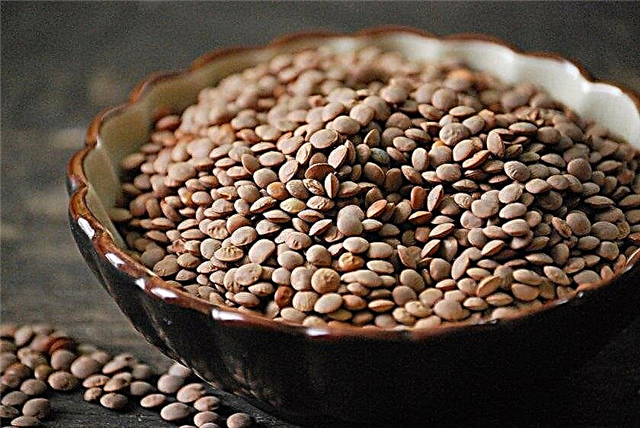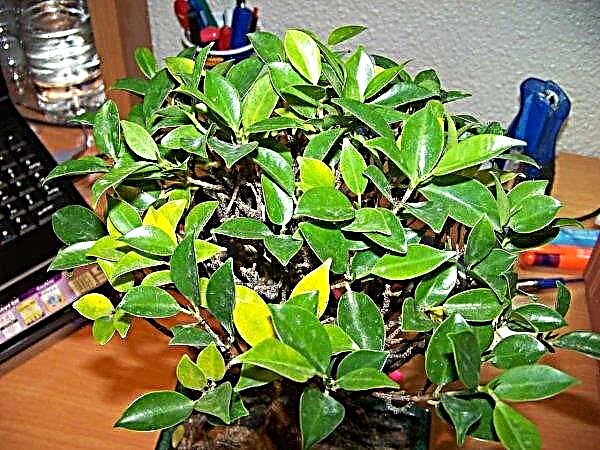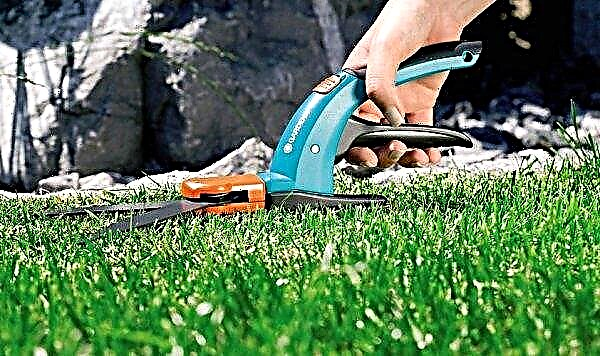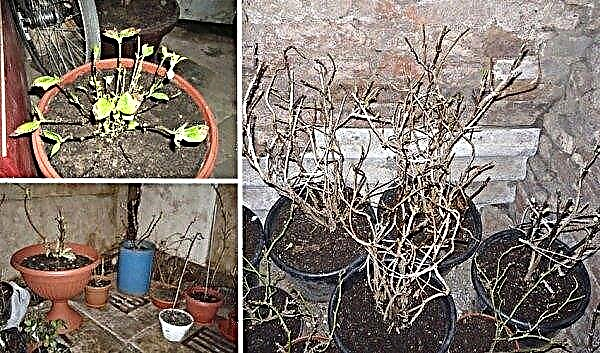One of the representatives of legumes, which is characterized by unpretentious care, low calorie content, the content of a large number of useful substances, is lentil. Today it is not very popular among summer residents, but the main reason for this is a poor awareness of the positive characteristics of the plant. This review shows the properties of lentils, as well as possible ways to grow it at home.
Sprouted Lentils
In addition to the fact that the bean culture can be eaten, it is also used in folk medicine as a medicine. Germinated seeds contain much more nutrients than adult plants.
Important! The use of germinated sprouts has a beneficial effect on the female body during menopause, making it easier to transfer symptoms.
Chemical composition and nutritional value
Nutritional value and chemical composition of germinated lentil seed per 100 g of product:
- calorie content: 106 kcal;
- proteins: 8.96 g;
- fats: 0.55 g;
- carbohydrates: 22.14 g;
- water: 67.34 g;
- ash: 1 g;
- minerals: calcium, iron, magnesium, phosphorus, potassium, sodium, zinc, copper, manganese, selenium;
- vitamins: A, C, group B.

Use benefits
- Germinated culture has the following useful qualities:
- removes toxins from the body;
- normalizes the gastrointestinal tract;
- restores metabolism;
- improves the genitourinary system;
- boosts immunity;
- heals wounds on the skin;
- strengthens hair and nails;
- raises hemoglobin in the blood;
- helps with varicose veins;
- strengthens the skeletal system in children;
- improves brain function;
- useful during pregnancy;
- prevents the occurrence of colds.

Contraindications and side effects
- Bean sprouts should not be used in such cases:
- with diseases of the digestive system, since lentils irritate the gastric mucosa;
- people suffering from cholecystitis and urolithiasis;
- with arthritis, gout, cardiovascular diseases.
Overweight people need to use the product carefully.
Did you know? In ancient Egypt, sacred bread was baked from lentils, which was placed in the tomb of the pharaoh to satisfy his hunger in another world.
Which lentils can be sprouted: grade selection
Experts say that any variety of bean culture can be germinated. The main thing is to choose high quality seeds that are already selected and prepared for this procedure. It should be borne in mind that there are 2 main types of lentils: fine-grained and coarse-grained. Coarse grains germinate longer, but later the sprouts become thicker and larger.

Red
Red lentils are most often used for making mashed potatoes and soups, because it is boiled faster than anyone (in 10-15 minutes). Refers to small seed varieties. The most high-calorie.
Green lentils
The green variety, also called French, is great for making soups, salads, as a side dish for meat and fish. It cooks for the longest time, and after cooking does not lose its shape. It has a bright taste and pepper aroma. Most of its varieties are large-seeded.
Yellow
Yellow lentils are obtained by grinding green. Prepared similarly with red. Paste, mashed potatoes, soups, cereals, stews are made from it.
Brown
The most common among all varieties. It has a solid structure, is stored for a long time, and has the largest grains. It is quickly welded. It is used as a side dish for meat, or as a separate puree.

Black
The seeds of black lentils are small and very similar in appearance to caviar. It is widely used among vegetarians. It is well germinated, as a result of which it can be consumed on its own or added to cold salads, preparing soups, stews, meatballs.
How to sprout lentils at home
Before embarking on the very process of germinating grains, it is recommended to sanitize the seeds by soaking them in a weak solution of potassium permanganate for 3-5 minutes, so that they will not grow moldy.
Important! When germinating lentils, it is necessary to monitor the cleanliness of dishes and the quality of water, so that it will be possible to avoid rotting of seeds.
Seat selection
It is better to choose a place that is warm, well-lit (but without direct sunlight), with enough moisture. All these criteria will contribute to the rapid growth of seedlings.
A simple way to germinate
A simple way consists of the following steps:
- Rinse one handful of lentil grains under running water, put in a shallow plate, completely cover with water.
- On the second day, drain the old water, rinse the seeds and pour again with fresh water.
- Cover with clean gauze, folded in several layers.
- Keep for 2-3 days until young shoots appear.

Germination method
The canning method of germination consists in the following actions:
- Collect large grains.
- Place them in a liter jar, add 200 ml of water per 1 cup of lentils.
- After a day, rinse the seeds, again fill with water, completely covering them from above.
- The next day, place the container in a place with an air temperature of + 15 ° С, where grains will germinate in a day.

Storage of seedlings
Lentil sprouts properly stored in a refrigerator in a glass bowl, no longer than 5 days. After this, you need to again prepare a new portion of sprouted grains.
Rules for the use of seedlings
From sprouted bean culture, you can cook at home. It can act as a separately prepared dish, or as a side dish added to salads. There are also recipes for cooking lentil soups, sauces, meatballs, etc.
Nutritionists advise to use seedlings in the morning, starting with a few spoons. This amount, consumed in the early days, is enough to fill the body with energy for the whole day. At night it is better to refrain from eating them, because you can just not fall asleep.
From the above it follows that sprouted lentils is a very useful product that contains a large number of vitamins, micro and macro elements, which have a beneficial effect on the body of both an adult and a child. People who monitor their health are very encouraged to introduce the use of this plant in their diet.












